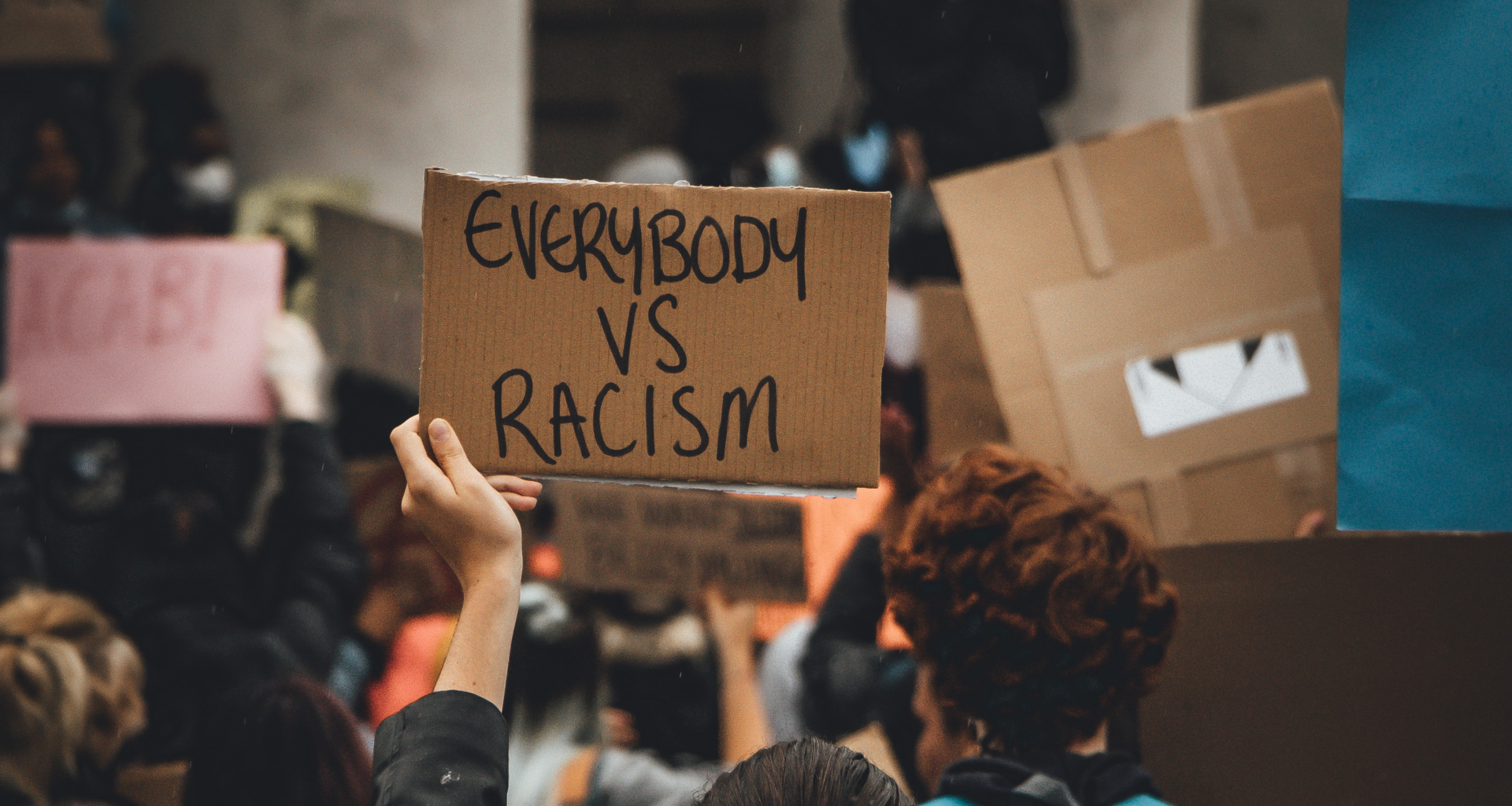The RCEP Will Be Strengthened with India’s Inclusion
The Regional Comprehensive Economic Partnership (RCEP) was agreed upon and signed on 15 November 2020 by 15 nations. Its members comprise the 10 ASEAN states, China, South Korea, Japan, Australia, and New Zealand. However, India chose to withdraw from the agreement at the last minute.
The RCEP is among the largest trade pacts globally, accounting for 30 percent of the world’s GDP and 26 percent of its trade.
As such, the agreement will open up new markets for its members and result in greater economic integration. Member states stand to benefit from lower tariffs and a simplified rules-of-origin regime. Conversely, it also requires member countries to remove protections they accord to certain sectors to create a level playing field for local and foreign companies.
India’s decision was criticized by many as being inward-looking. But India already has free trade agreements (FTA) with most RCEP signatories. It is, therefore, difficult to conclude that it will necessarily derive greater benefits if it joins this trade grouping at this point in time.
As one can imagine, it is a big talking point.
Horasis is organizing the Horasis India Meeting on 24 July 2021 to deliberate on exactly these kinds of issues and topics. The one-day virtual event will see participation from a diverse range of people, spanning members of governments, businesses, academia, and the media. The goal is to collectively devise actionable and sustainable solutions for pressing problems.
Why India Chose to Stay Out
India claims that that the RCEP did not address its concerns. It says it did not get “credible assurance for India on market access and non-tariff barriers”. In his statement at the RCEP summit, Prime Minister Modi said: “Today, when we look around we see during seven years of RCEP negotiations, many things, including the global economic and trade scenarios have changed. We cannot overlook these changes.”
“The present form of the RCEP Agreement does not fully reflect the basic spirit and the agreed guiding principles of RCEP. It also does not address satisfactorily India’s outstanding issues and concerns. In such a situation, it is not possible for India to join RCEP Agreement,” he added.
India’s decision split opinion. But it must be said that while it was a blow to the ideal of a pan-Asian free trade bloc, it is understandable. The agreement would arguably harm Indian farmers and manufacturers. It would open its economy to inexpensive imports that could eventually lead to an increase in unemployment and further exacerbate the trade deficit that it already has with 11 of the 15 RCEP members. Moreover, the implications would be felt more greatly the agriculture sector and on small scale industries.
At this point in time, India has sought to protect the interests of its farmers and small-scale entrepreneurs.
In addition, choosing to distance itself from the RCEP (for now) also helps India sharpen its focus on the “Make in India” campaign. RCEP participation would have meant a deviation from its focus on rural development and industrial sector strengthening. India’s plantation sector had already suffered the adverse impacts of the India-ASEAN free trade agreement. And the country’s growing dairy sector would have come under direct threat from New Zealand’s export oriented dairy industry as well.
India also has concerns pertaining to tariff commitments, investments, e-commerce, rules of origin and auto trigger mechanisms – where import surges would be automatically checked. India’s concerns are well founded.
It is actually hard to tell whether India will be missing out because the RCEP is a relatively shallow agreement and does not extend that much beyond lowering tariffs. Joshua Kurlantzick of the US Council on Foreign Relations said in 2020 that the RCEP “codifies the removal of tariffs mostly on items that are already exempted due to other free trade deals, and it has a large loophole under which countries can maintain tariffs in a broad range of sectors; it will not result in some massive increase in intra-regional trade in the short term”.
For these reasons, and given the economic situation in India has been challenging over the past couple of years, India made a prudent call to stay outside of the RCEP for now.
Door Left Open
It is also important to note that India has not turned its back on the RCEP because it is opposed to the idea of lowering tariffs or freer trade as a matter of principle. Since the early 1990s, India has been an active, important member of the rules-based global trading system.
Perhaps, for now, India wants to prioritize its own interests. India is not alone in doing so. From banning the exports of PPE kits to inputs used for the manufacture of critical medicines, countries around the world have clearly demonstrated that when they deem necessary, countries will prioritise domestic interests (and domestic industries in the process).
Indeed, once India is happy with the agreement and satisfied that it addresses its key concerns, it can it can come back because it still has a seat at the table.
For proponents of multilateralism and a global rules-based system, there is nothing better than the creation of a truly pan-Asian trade bloc, which the RCEP will be once India joins. And it will send a strong signal of solidarity and a shared vision for the future.
Photo caption: An early morning at a paddy field in Karnataka, southern India. Agriculture continues to employ more than 40% of India’s workforce. It is therefore unsurprising that India wants to protect its farmers’ interests.




